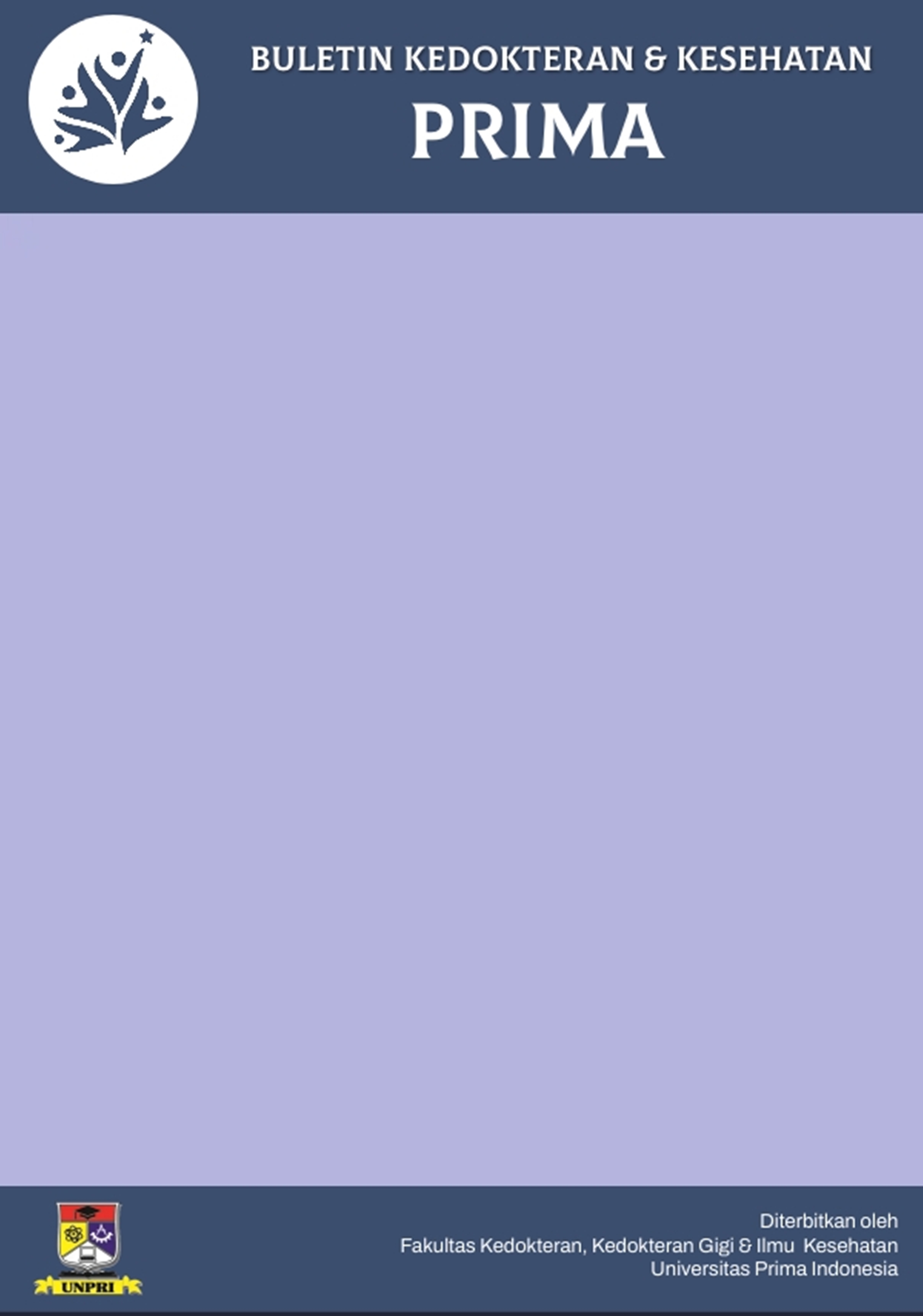Abstract
The global challenge of inadequate access to clean water and sanitation continues to impose a substantial burden on public health, especially in developing regions. This study investigates the relationship between water quality, sanitation conditions, and health disorders among residents of Rambung Baru Village, Sibolangit Subdistrict, Indonesia. Employing a cross-sectional analytical design, data were collected from 130 households utilizing spring water as their primary source. Water quality was evaluated through physical, chemical, and microbiological analyses, while sanitation hygiene and health disorder data were gathered via questionnaires and health center records. The results indicate that over half of the respondents consumed water failing to meet quality standards, and nearly half experienced inadequate sanitation hygiene around water sources. A statistically significant association was found between poor water quality and the incidence of health disorders (p = 0.007), with affected individuals showing higher prevalence of diarrhea, acute respiratory infections, and skin diseases. Conversely, no significant relationship emerged between sanitation hygiene and health disorders (p = 0.289), although trends suggest a potential influence. These findings underscore the critical role of water quality in disease transmission and point to the need for prioritized interventions targeting water source protection and household water treatment. Given the complex interactions among water quality, sanitation, and hygiene behaviors, integrated approaches combining infrastructure improvements with community education on hygiene practices are essential. Further longitudinal research incorporating confounding factors is recommended to deepen understanding and guide effective public health strategies in similar rural contexts.

This work is licensed under a Creative Commons Attribution-NonCommercial 4.0 International License.
Copyright (c) 2025 Dahlan Sinaga, Santy Deasy Siregar
